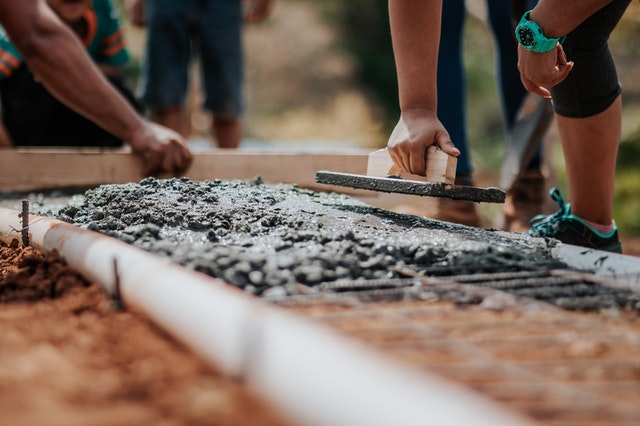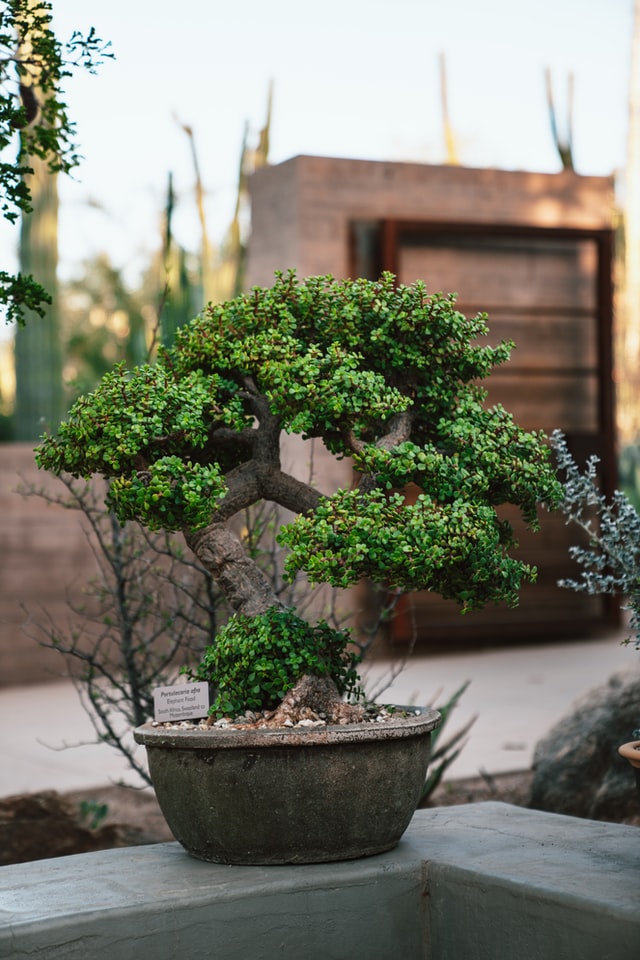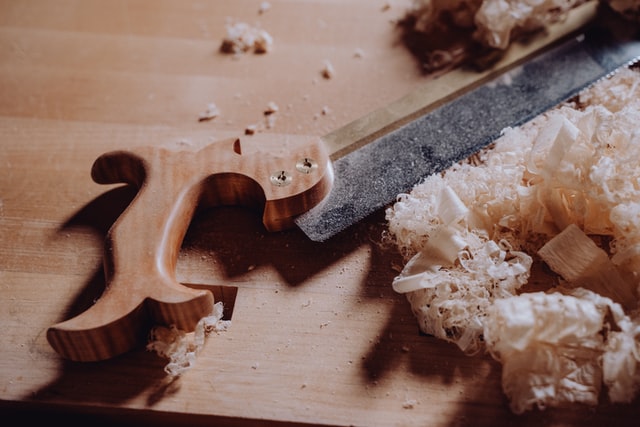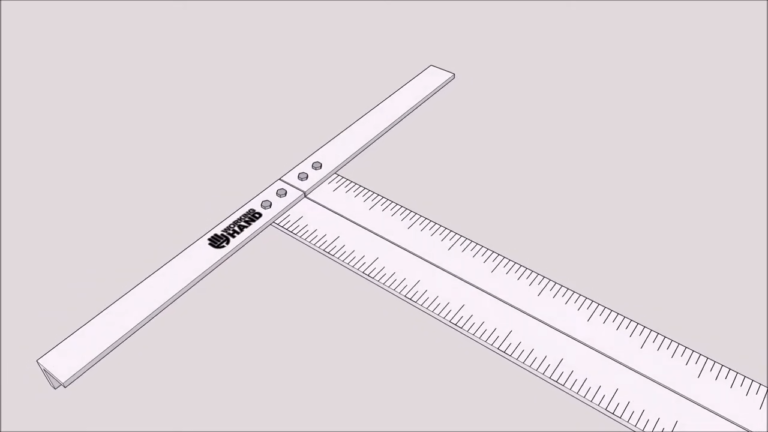
This is an excerpt from the Book called “Easy concrete” by Malena Skote. Continue reading to learn more about All About Concrete, thanks to the author.
Using Concrete
Concrete is made of cement and sand, while cement is, in turn, made of clay and ground limestone. When the cement-sand mixture is combined with water the cement reacts by hardening and creates a hard “glue” between the grains of sand.
There are many different dry cement products available from building- supply stores, where the sand has already been mixed in and you simply add water. However there are several main groups in the cement “jungle” and it is worth knowing them and being able to differentiate between them.

Types of concrete
- Fine concrete An all-round concrete that can be used for most craft items. Sold in large bags, it contains grains of sand that are no larger than 1/6 inch (4 mm). Frost-resistant.
- Coarse concrete Contains coarser-grained sand. Works best for stairs, plinths, etc. Frost-resistant.
- “Self-leveling” concrete, expander concrete Concrete with fine grains of sand that swells and fills small and intricate molds particularly well. Creates a smooth surface, almost without pores. Often not frost-resistant.
- Concrete putty, mending concrete, concrete repair Pliable, plastic, and moldable cement-based mortar. Doesn’t flow out and doesn’t run over in general. Sold in cartons and medium-sized bags. Can be found in a frost-resistant from.
- Fiber concrete Contains small plastic or glass bits to prevent cracks when casting thin surfaces such as plates and tabletops. Has fine sand and is frost-resistant.
Mixing Tips
Using a strong plastic pail or tub, pour in a little water to prevent the powder from sticking to the bottom. Wearing gloves to protect your hands, scoop a couple of ladles of concrete powder into the pail (avoid breathing in the concrete dust). Add a little water at a time and stir until the mixture is thick and viscous. Do the “meatball test”: you should be able to shape the mixture into a ball, but the ball should collapse when you shake your hand. Half a pail of concrete is about all you can mix by hand- for larger amounts use a cement mixer.


Once you are finished, rinse your tools and pour water into the pail to prevent the concrete from sticking. Do not pour concrete-mixed water down the drain. Leave it until the concrete chalk settles to the bottom. The water will clear and can be poured out, and the concrete can be scraped out and thrown away.
Casting And Hardening
Fill the mold almost all the way up. When casting bowls and pots, it’s a good idea to leave a little “pinch bit” at the top of the mold so you can get the object out more easily. Shake or tap the mold so the concrete settles all the way down. Press the concrete down with a trowel or a stick. When you shake the mold you will see small air bubbles coming up through the wet concrete surface. The more air bubbles that come up, the smoother the concrete surface will be, with fewer pores.
In order to make the concrete as strong as possible, it is important that it doesn’t dry too quickly. Cover the mold with plastic so the water doesn’t evaporate.
Unpacking
Of course you will want to see your object as soon as possible, but be patient! Concrete may seem hard after just a few hours, but it continues to harden for several weeks. The hardening process depends on temperature, humidity, the type of concrete and the material of the mold, so it is difficult to say exactly how much time it needs. I usually wait two days before opening the mold, just to be on the safe side. Be extra careful with molds that have sharp corners and thin edges before the concrete is thoroughly hardened.

Storage
Keep your bags of unused concrete dry. If any moisture gets in the concrete will start to harden, get lumpy and then will have to be thrown away. Any opened bags of concrete should be placed in closed plastic bags or in pails with tight covers.





